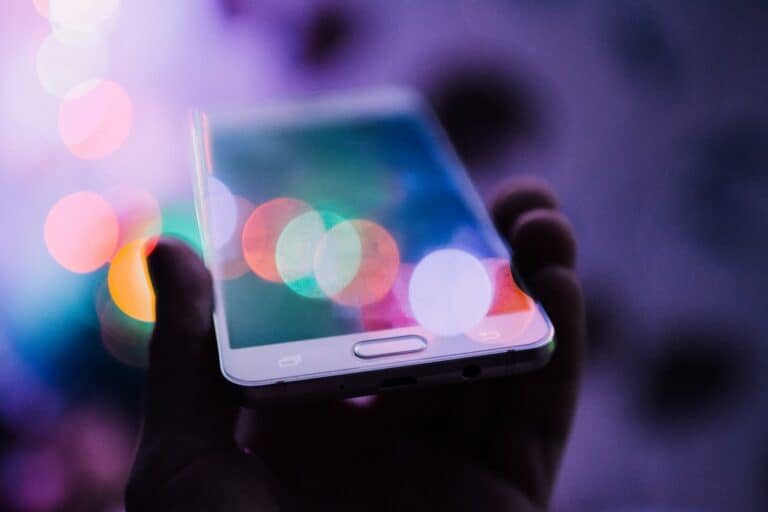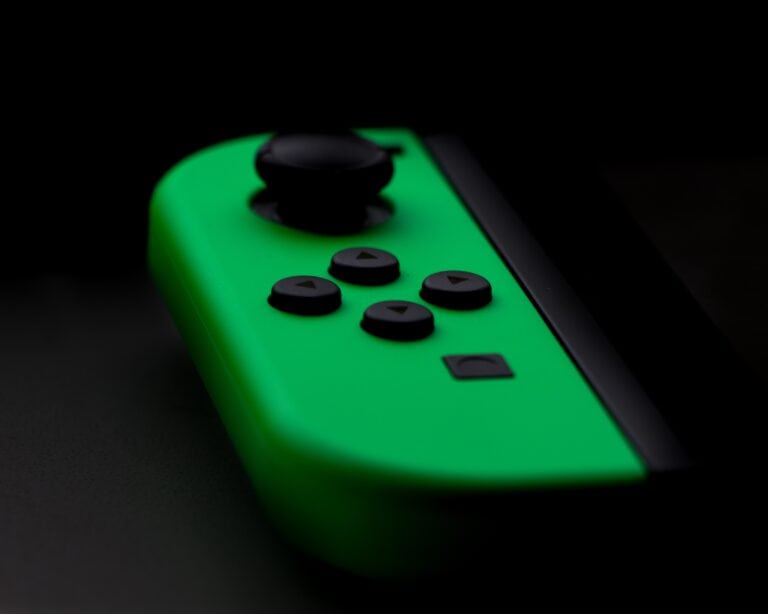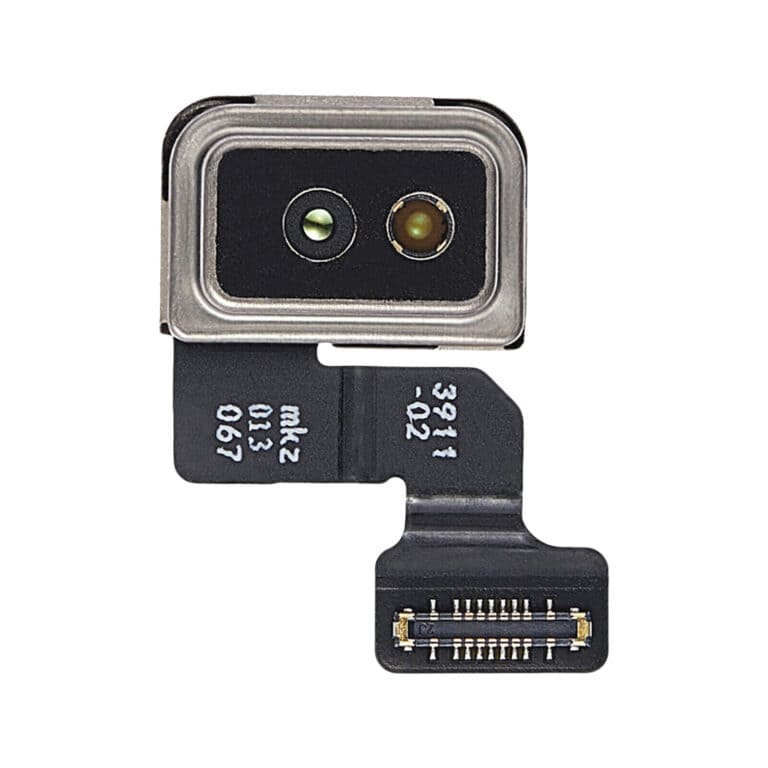Smartphones have become essential tools in our daily lives, and with each passing year, they bring forth new trends and innovations. The year 2023 marked a significant phase in mobile technology, showcasing a variety of feature enhancements and design updates. Smartphone enthusiasts witnessed the steady progress of foldable devices, improvements in durability, and the rise of on-device artificial intelligence (AI). As we progress through 2024, these trends continue to shape the way we use our mobile devices, influencing everything from connectivity to user experience.
The evolution of smartphone design in recent years has aimed to increase usability and adapt to consumers’ changing needs. Innovations are no longer confined to just raw processing power or camera quality. For instance, manufacturers are integrating AI capabilities directly into smartphones, which enables more personalized and efficient user experiences. Furthermore, the push for better connectivity is evident with advancements in 5G technology, promising faster speeds and more reliable internet connections on-the-go. These developments reflect a clear direction towards creating more intelligent, versatile, and user-centered mobile devices.
What’s Hot and What’s to Come in Smartphones
Smartphones now act as pocket-sized computers more than just tools for communication. Let’s delve into the latest trends and future innovations in the world of smartphones.
Foldable Phones: The Shape-Shifting Trend
Foldable smartphones are making a splash, offering larger screen sizes in smaller, more portable packages. These devices unfold to resemble tablets, opening new possibilities for multitasking, entertainment, and productivity.
Advancements in Camera Technology
Get ready for even crisper photos and videos! Leading smartphone cameras integrate AI-powered computational photography, enhancing image quality, especially in low-light settings. Expect increased zoom capabilities, blurring effects, and improved video stabilization features.
5G Connectivity: Blazing Speeds
5G networks promise lightning-fast internet speeds and lower latency (the time data takes to travel). This leads to smoother downloads, faster streaming, and more responsive online gaming experiences.
Augmented Reality (AR) Integration
Augmented reality (AR) is starting to transform how we use our smartphones. AR overlays digital information and images over the real world. Expect to see this technology used in practical ways like navigation, shopping, and gaming.
Battery Improvements: Longer-Lasting Power
Battery technology hasn’t quite caught up with our ever-hungry phones. Luckily, progress is being made. Faster charging technology means shorter recharge times. Some manufacturers are also experimenting with longer-lasting batteries that aim to provide multi-day power on a single charge.
Artificial Intelligence (AI) Gets Smarter
AI is making its way into all aspects of smartphones. AI assists us by recognizing faces, optimizing camera settings, translating languages on the fly, and tailoring experiences to individual users.
Key Smartphone Trends
| Trend | Description |
|---|---|
| Foldable | Unfold to a larger screen, smaller when folded |
| Camera | AI-powered features, ultra-zoom, clearer photos |
| 5G | Faster internet speeds, less lag |
| AR | Digital overlays on the real world |
| Battery | Longer-lasting, quicker charging |
| AI | Personalization and enhanced features |
The world of smartphones is moving at a blazing pace. If you are in the market for a new smartphone, consider your needs and look out for these game-changing advancements.
Key Takeaways
- Smartphones are continually integrating new features, including AI and advanced connectivity.
- The design of smartphones focuses on user needs with foldable screens and improved interfaces.
- Mobile technology evolves through significant yearly changes, affecting device utility and consumer habits.
Evolution of Smartphone Design and Usability
Smartphone design has seen remarkable changes, becoming more user-friendly while packing in advanced features. Two significant shifts have been the rise of foldables and new screen technologies.
The Rise of Foldables and Flip Phones
Foldable phones have made a splash in the market with their flexible displays. Users can now carry large screens in their pockets that fold or flip to save space. Brands like Samsung, Motorola, and Oppo lead the charge. Samsung’s Galaxy Fold series allows users to toggle between a compact phone and a tablet-sized display. The Motorola Razr, inspired by the classic flip phone, offers a modern twist with a full touchscreen that folds in half.
Advancements in Screen Technology and Size
Advancements in screen technology continue to shape smartphone usability. Displays are now larger and more vibrant, without increasing the overall device size. Apple’s iPhone paved the way with its Retina display, and today’s phones include even more pixels per inch. High refresh rates are becoming standard, improving the smoothness of scrolling and the responsiveness of the device. Users expect clear and bright screens, regardless of phone size, enhancing their overall experience.
Technological Innovations in Smartphone Capabilities
Recent developments in smartphones show impressive gains in AI, camera systems, and connectivity. These strides aim to enhance user experiences and give a new edge to the functionalities of mobile devices.
Artificial Intelligence and Machine Learning Integration
Smartphones now boast advanced AI and machine learning with dedicated neural processing units (NPU). This means phones can learn from the user and improve over time. Samsung and Google Pixel devices lead with features for real-time language translations and smart photo sorting. AI helps improve battery life too by learning usage patterns.
Enhancements in Camera Systems and Photographic Capabilities
Today’s smartphone cameras challenge even the best DSLRs. Qualcomm’s chipsets enable devices to capture vibrant photos and videos. Features like sensor-shift technology stabilize images for crisp results. Periscope lenses allow impressive zoom without losing clarity. These changes let users rely on their phones for high-quality photography.
Improvements in Connectivity and Network Performance
The internet is faster now with 5G. This brings quick downloads and smooth video calls. Smartphone makers like Apple with its iOS and Android phone manufacturers focus on 5G for better performance. With Counterpoint Research highlighting the spread of 5G, users experience faster data transfer rates and more reliable connections on the go.
Frequently Asked Questions
Smartphone users often wonder about evolving designs and latest features. Here, we answer the most common queries for 2024.
What are the current leading design trends in the smartphone industry for 2024?
Slimmer bezels and foldable displays are at the forefront. These trends focus on making devices more compact while maximizing screen size.
How has smartphone battery technology evolved in the latest models?
Latest smartphones boast longer battery life due to advances in battery chemistry. Some models now use solid-state batteries for more efficient energy use.
What breakthrough features are expected in upcoming smartphone releases?
Biometric advancements and augmented reality integration are expected. These will enable more secure authentication and immersive experiences.
How are smartphone interfaces adapting to improve user experience?
Interfaces are becoming more intuitive. Larger icons and simplified menus make navigation and multitasking seamless for users.
What role is artificial intelligence playing in the development of new smartphone capabilities?
AI is enhancing photography and real-time translation. This results in clearer images in low light and accurate conversations in multiple languages.
What advancements in smartphone security are emerging as top priorities?
Encryption and facial recognition technologies are being refined. They safeguard personal data and offer more secure ways to unlock devices.







